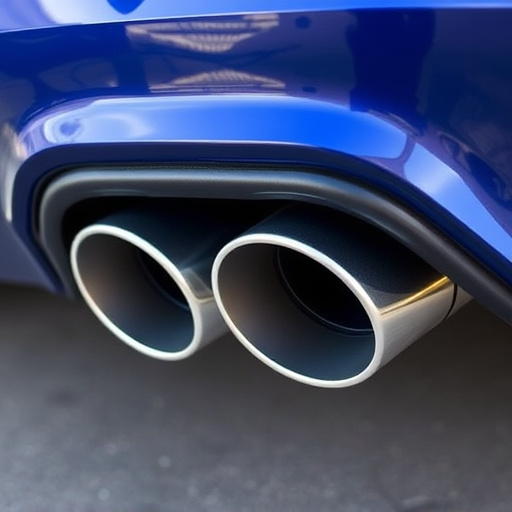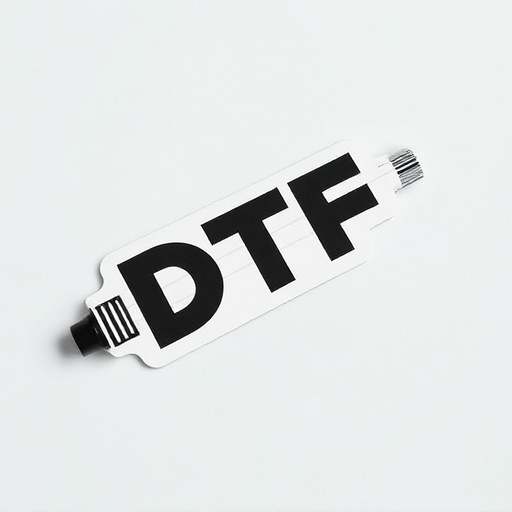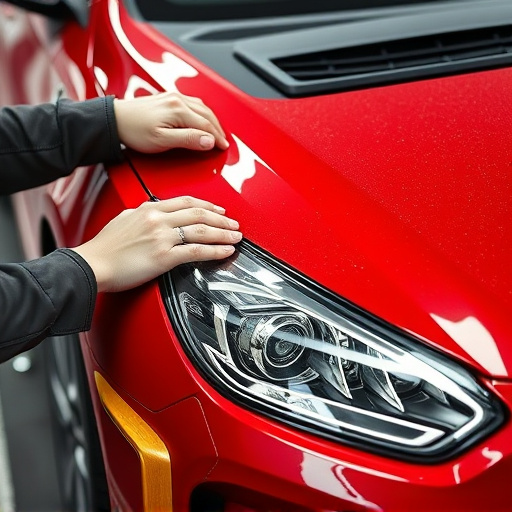Customer satisfaction is paramount for businesses, driving referrals and retention. Exceeding customer expectations through attentive communication, swift issue resolution, and long-term care fosters loyalty. High-quality products like UV protection showcase commitment to customer needs, encouraging positive word-of-mouth. To enhance satisfaction, businesses should deliver exceptional service, personalize offerings based on data insights, and build a community around the brand. Implementing feedback and suggestions makes customers feel valued, increasing loyalty and referrals. Measuring customer satisfaction through post-purchase surveys and advanced analytics allows for continuous improvement, building loyalty and cultivating a robust referral network.
Customer satisfaction is a powerful driver for business growth, especially when it comes to referrals and retention. In today’s competitive market, understanding and prioritizing customer experience is not just desirable—it’s essential. This article delves into the fundamental role of customer satisfaction, exploring strategies to enhance experiences and foster loyalty. We’ll also discuss how measuring and optimizing customer feedback loops can unlock business success, focusing on key aspects like referrals and retention.
- Understanding Customer Satisfaction: The Foundation of Referrals and Retention
- Strategies to Elevate Customer Experience and Foster Loyalty
- Measuring and Optimizing: Unlocking the Power of Customer Feedback Loops
Understanding Customer Satisfaction: The Foundation of Referrals and Retention

Customer satisfaction is the bedrock upon which referrals and retention are built. It’s not just about meeting expectations; it’s about exceeding them. When customers feel valued, heard, and understood, they’re more likely to become brand advocates. This starts with addressing their needs, preferences, and concerns, ensuring every interaction leaves a positive impression.
A satisfied customer is a customer who feels their satisfaction is prioritized. This can be achieved through excellent communication, prompt issue resolution, and offering solutions that go beyond the initial transaction. For instance, providing high-quality finishes on products or services, along with UV protection for vehicles (a vehicle enhancement), not only demonstrates attention to detail but also shows a commitment to long-term customer care. This level of service fosters loyalty and encourages satisfied customers to refer their friends and family, driving retention rates higher.
Strategies to Elevate Customer Experience and Foster Loyalty

To elevate customer experience and foster loyalty, businesses should focus on delivering exceptional service that surpasses expectations. One effective strategy is to personalize interactions by remembering customer preferences and providing tailored solutions. This can be achieved through data-driven insights and efficient communication channels. For instance, offering ceramic window tinting services that cater to specific vehicle models demonstrates attention to detail and specialized knowledge.
Additionally, creating a sense of community around the brand can strengthen customer loyalty. Encouraging feedback and implementing suggestions shows customers their voices are valued. Integrating this feedback into product development or service enhancements ensures customers feel invested in the company’s growth. As a result, they’re more likely to not only stick around but also actively promote the business through referrals, highlighting the power of a satisfied and engaged customer base for services like window tinting and vehicle protection.
Measuring and Optimizing: Unlocking the Power of Customer Feedback Loops

Measuring customer satisfaction is a critical step in understanding how to enhance it, ultimately driving referrals and retention. By implementing robust feedback mechanisms, businesses can tap into valuable insights from their clients. This process involves collecting, analyzing, and acting upon customer opinions, complaints, or praise. One effective method is through post-purchase surveys that ask targeted questions about the overall experience, product quality, and service delivery. These insights provide a clear picture of areas that need improvement.
Optimizing customer satisfaction requires a data-driven approach. Using advanced analytics, businesses can identify trends, patterns, and common pain points across various client interactions. For instance, in industries offering custom solutions like vehicle wraps or protective coatings (e.g., UV protection, ceramic coating), feedback loops can highlight specific customization preferences, installation quality concerns, or the impact of these services on long-term vehicle aesthetics. By addressing these through continuous improvement strategies, companies not only enhance customer satisfaction but also create a powerful referral network and foster client loyalty.
Customer satisfaction is not just a goal, it’s a powerful driver for business growth. By implementing strategies that elevate the customer experience and foster loyalty, companies can unlock a loyal customer base eager to refer their peers. Measuring and optimizing these experiences through feedback loops ensures continuous improvement, creating a virtuous cycle of happy customers who become brand advocates. In today’s competitive market, prioritizing customer satisfaction is not just a best practice—it’s a game changer.














